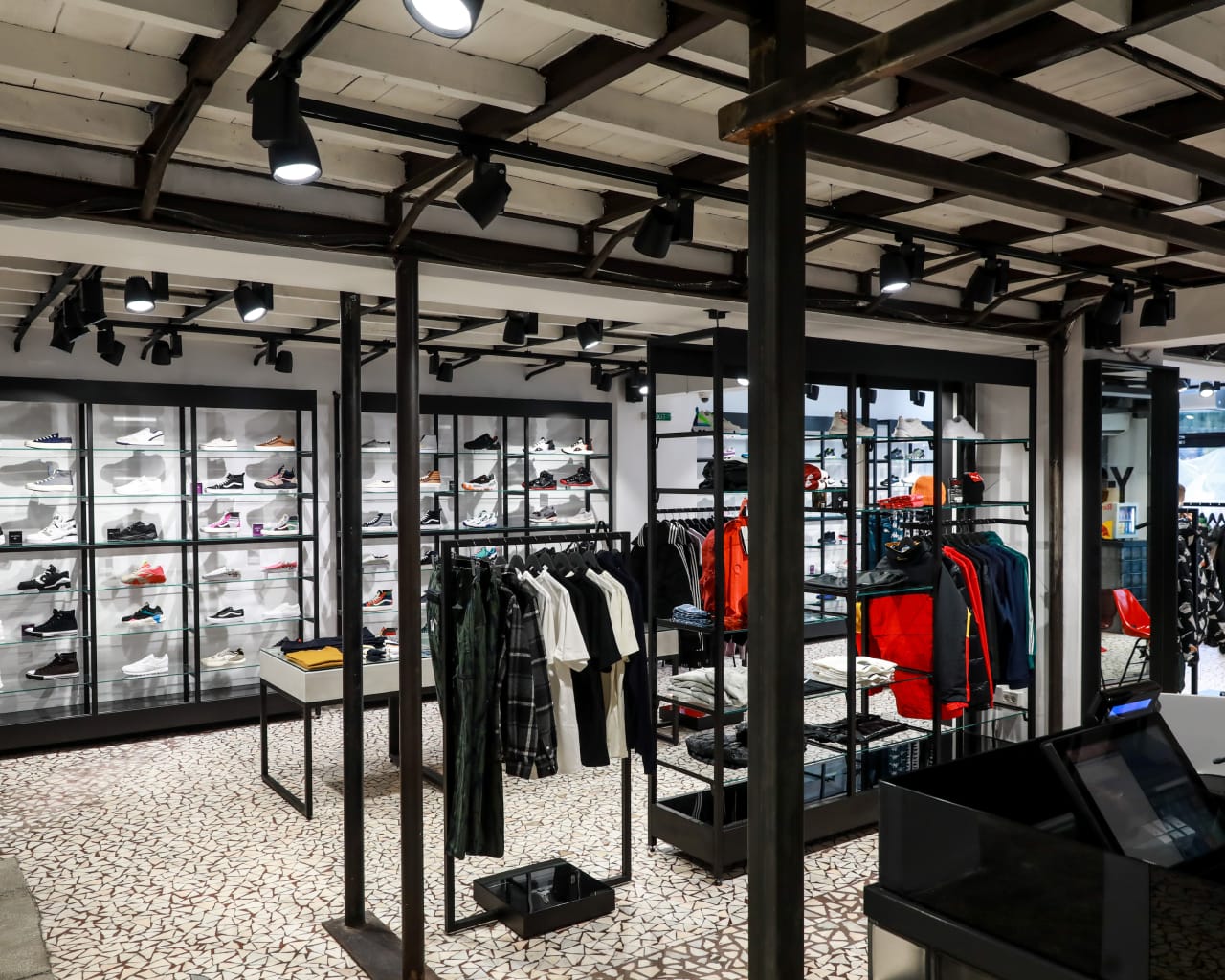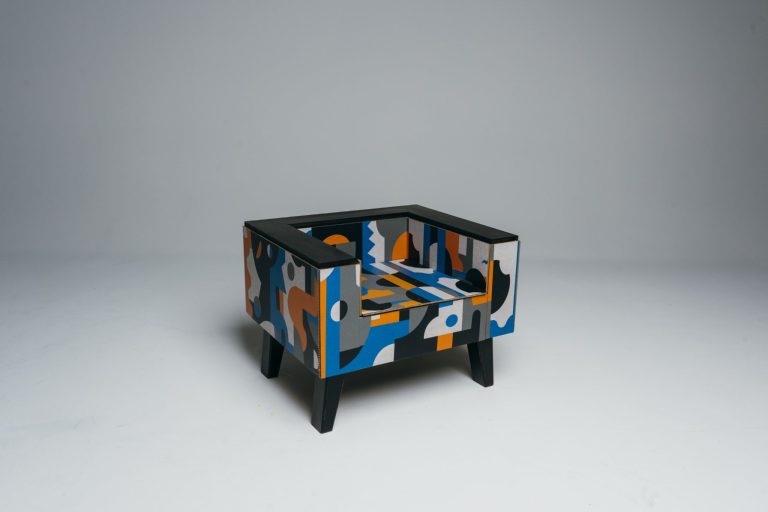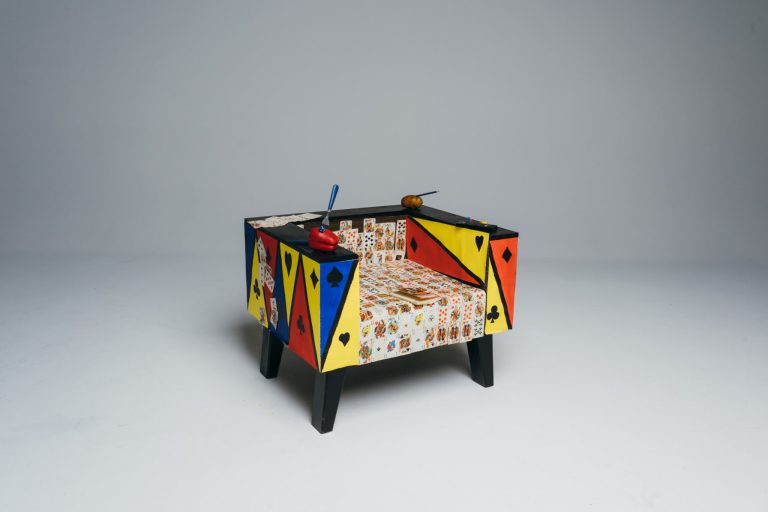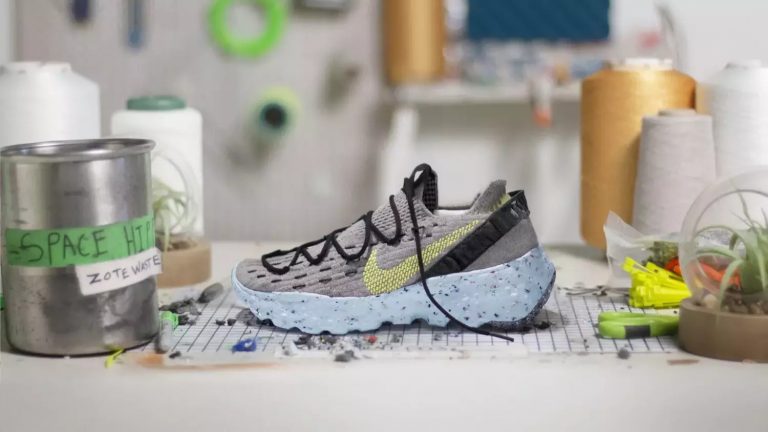I understand that you probably see an article about sustainability and slow or fast fashion on a daily basis. Even though these phrases are currently being thrown around so much and feel more like marketing buzzwords at this point, it’s still important to keep them in mind. The more in your face it is, the more pushed we get to change our habits, which all count, no matter how small. So I’m joining everyone else in writing another article where we go over the topics, and at the end, I’ll give you a couple tips on how to make your own impact against fast fashion. As my mom says, “everything’s possible if you want to”, and you know moms are always right.
WHAT IS SLOW FASHION?
The term itself is relatively young. It was first introduced by Kate Fletcher from the Centre for Sustainable Fashion in 2008, in the Sustainable Fashion and Textiles: Design Journeys publication. This publication can be called the foundation of a “new” perspective on fashion. So what does slow fashion mean? Broadly speaking, it’s a concept that connects terms such as “ethical fashion”, “fair trade”, “ecological” and “sustainability”. I also feel like calling it a lifestyle wouldn’t be that far from the truth. Slow fashion reflects on what materials the clothing’s made from, where these materials come from, who makes the clothes and the conditions they make them in; it teaches us to think about how much time and energy making this clothing takes and, generally speaking, encourages us to think more about what’s in our wardrobe.
Making a quality piece of clothing is far from simple. We often forget that sewing something together is the simplest part of the process – let me give you an example. Imagine you want to sew yourself a nice hoodie. First, you need an idea (I don’t count buying a plain hoodie from China and slapping a logo on it as making your own clothes). And as we all know, these ideas are hard to come by, so the whole thought process and making a prototype is also part of the manufacturing process. Next, you need to choose suitable materials. Designers that care about quality materials and their origins can confirm that finding these materials doesn’t take a day or a week, it can even take several months. And yes, all this time is also part of the creative process. Next up, you have the manufacturing, where, apart from employee salaries, you have to factor in things like rent, machinery and energy deposits. And when your product’s finally made, someone needs to package it, someone needs to sell it, you have to market your product and all of this equals extra time, money, time and more money. An example of a slow fashion brand would be Naut, which you can find at no other place than our website.
Slow fashion teaches us to think about all of the things I’ve mentioned above. The reason a local designer’s hoodie costs 3000 CZK isn’t because he wants to make a quick buck out of you, but because it took that money to make. The next level of thinking is realizing that, although it may not seem like it, fast fashion gets expensive, fast – I’ll get to that in a second.
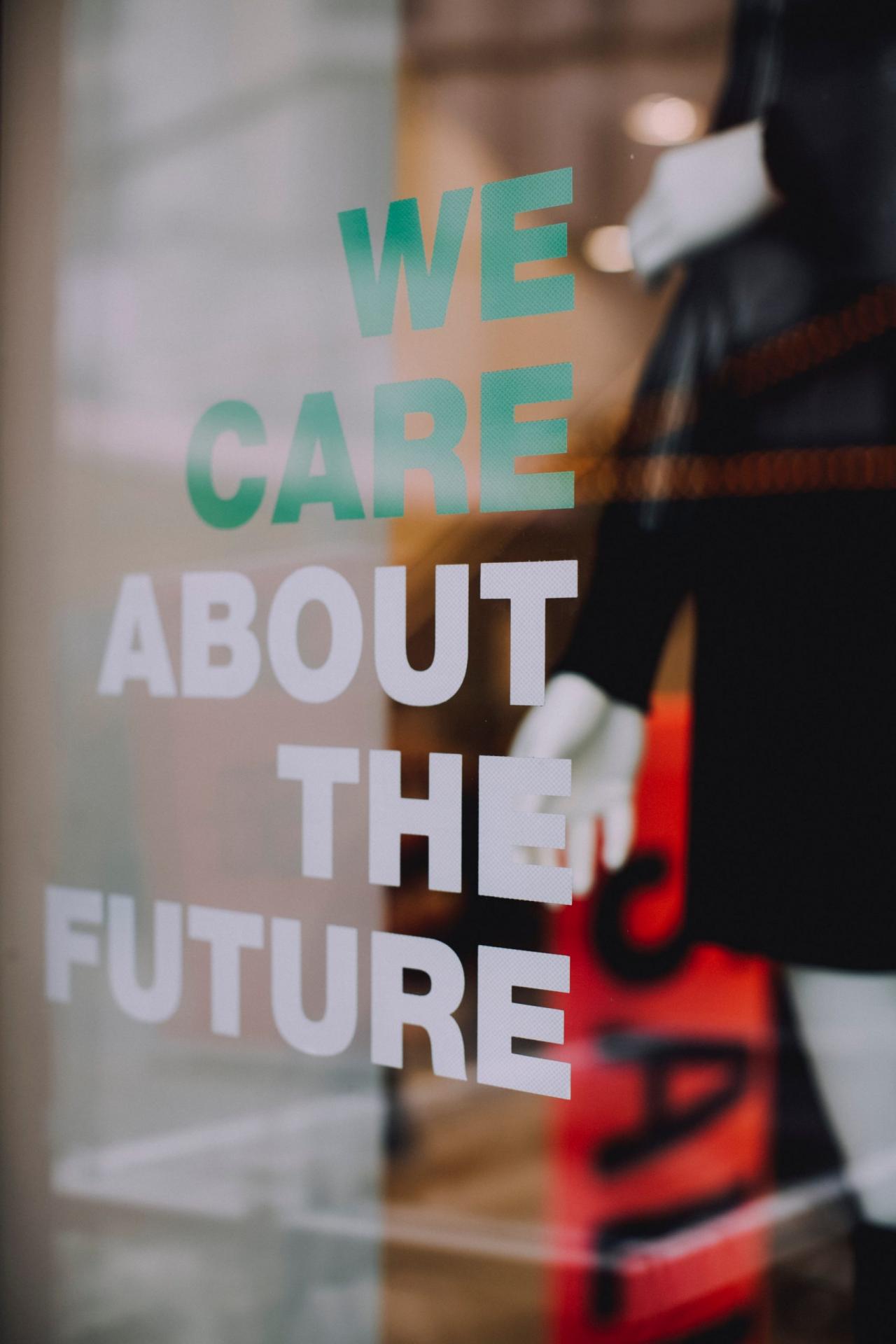
HOW DO I SPOT SLOW FASHION CLOTHING?
99% of the time, you’ll recognize a piece of slow fashion clothing by looking at where it’s made, what it’s made from, the origins of the materials and who made it. BUT – it only becomes slow fashion when you really wear it, as opposed to impulsively running into your nearest bio vegan eco-friendly store and buying all the ethically produced stuff they have. The change begins with each of us. It’s about changing our buying habits – a great start is our sustainable category, where you can find clothes and sneakers that are considerate to Mother Nature.
WHAT IS FAST FASHION?
It’s in the name – fast fashion means making something with lightning speed, for the lowest cost with a price tag as low as possible. Which is why it’s often manufactured in third world countries, where people work under often unimaginable conditions. The clothing itself is made from cheap, low-quality materials and then stored in dirty, damp warehouses. The factories often don’t even belong to the clothing brands, they just rent them, so you basically have no idea who made the clothes. The world began noticing the flaws of fast fashion in 2013, when a factory in Bangladesh collapsed. The tragedy cost 1 138 lives and 2 000 injured. Luckily, everything has consequences. Because of the incident in Bangladesh, movements like Fashion Revolution and movies like The True Cost started appearing, which shone a light on the backstage of fast fashion companies – and it didn’t look nice at all.
I could write a lot about fast fashion, but that’s not the goal of this article, and I’ll leave further research to you. But now, let’s take a look at how to take life slow, even if you love the fast life.
HOW DO I SPOT FAST FASHION?
The definition of fast fashion is very straightforward. All chain stores with thousands of stores across the world seem to have a new, and very cheap, collection of clothing every week or so. Tracing back the origins of the clothing, the people who made it and the conditions under which they made it is nigh impossible. And the quality speaks for itself. These chain stores also usually have very aggressive marketing strategies and literally hound you on every step.
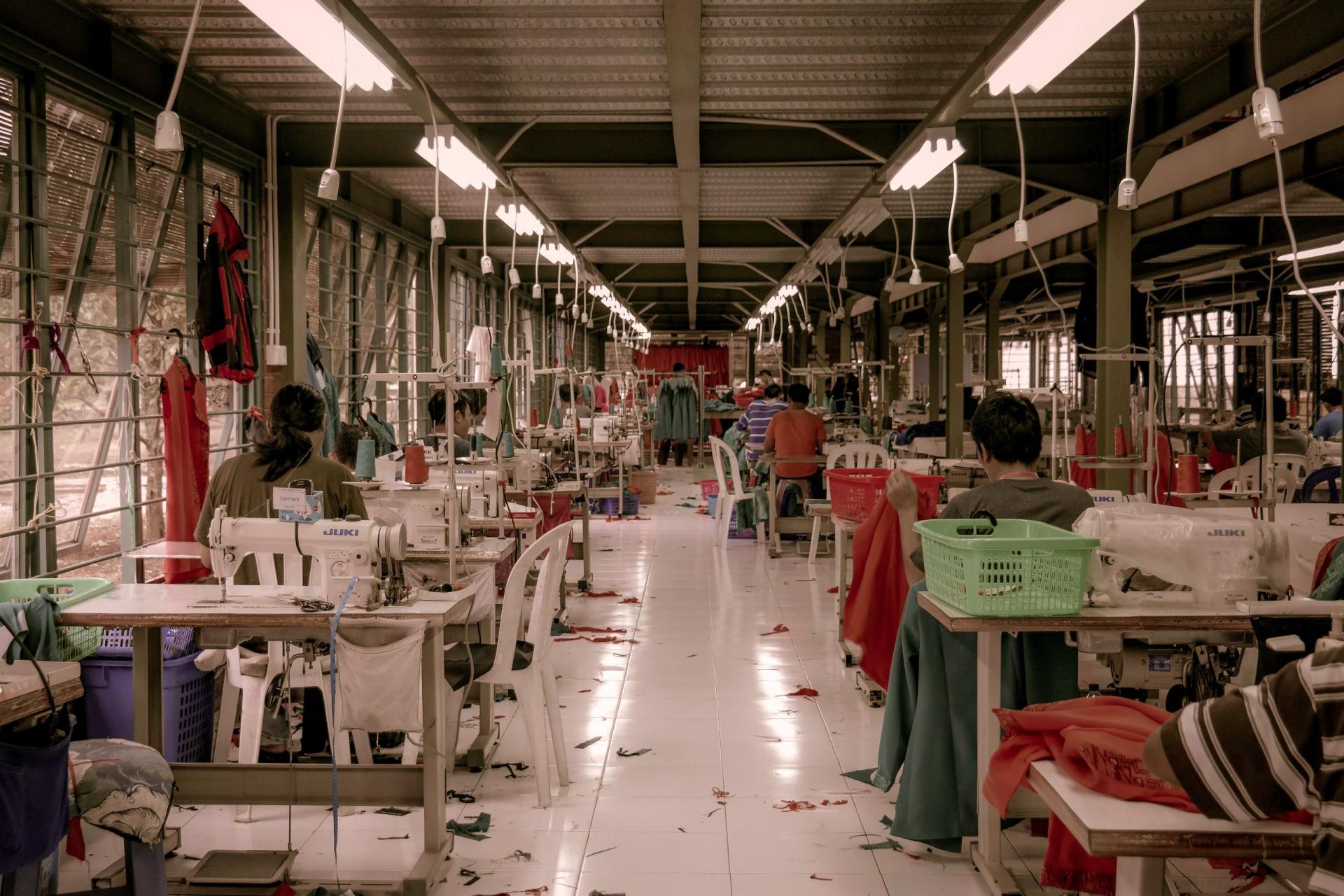
THE SOLUTION? REACH A COMPROMISE!
Unless your way of life is very radical, every lifestyle is about compromising. And to be honest, I think it’s one of the ways to reach a sustainable lifestyle. Since you’re reading this on Footshop’s blog, it would be highly immoral to preach something and not hold its values up. So I decided to show you ways how you can shop for slow fashion clothing at Footshop.
CPW: cost per wear
First, I’d like to explain the phrase “cost per wear” to you. Do you know the feeling of really liking a nice piece of clothing, but its price tag is too high? Buy it – the cost per wear will be much lower than if you bought something else in a chain store. Here’s my own, personal example:
Last year, I bought a beautiful Nike ACG puffer jacket at Footshop. I gave it a lot of thought. And when I was paying for it, my credit card was silently weeping. The price was 400 EUR. BUT – that jacket stayed on me throughout the entire winter. Let’s say I wore it at least 40 times. The equation for the CPW = price tag/number of times you wore it. In this case, 400/40, which equals 10 EUR. And, come next winter, that CPW will go even lower, and the year after it too, because Nike ACG makes quality products that last a long time. The winter before, I bought a no brand jacket for 110 EUR, but I didn’t really like it. It wasn’t even that warm, and in total, I wore it about five times. For that no name jacket, the cost per wear was 110/5 = 22 EUR. Which is twice as much as with the Nike ACG jacket. I hope this was a good example of cost per wear, and that you understand why buying the higher quality, more expensive piece is the right way to go, and they’ll last much longer, too. Some people’s CPW is almost 0 – think you can do that too?
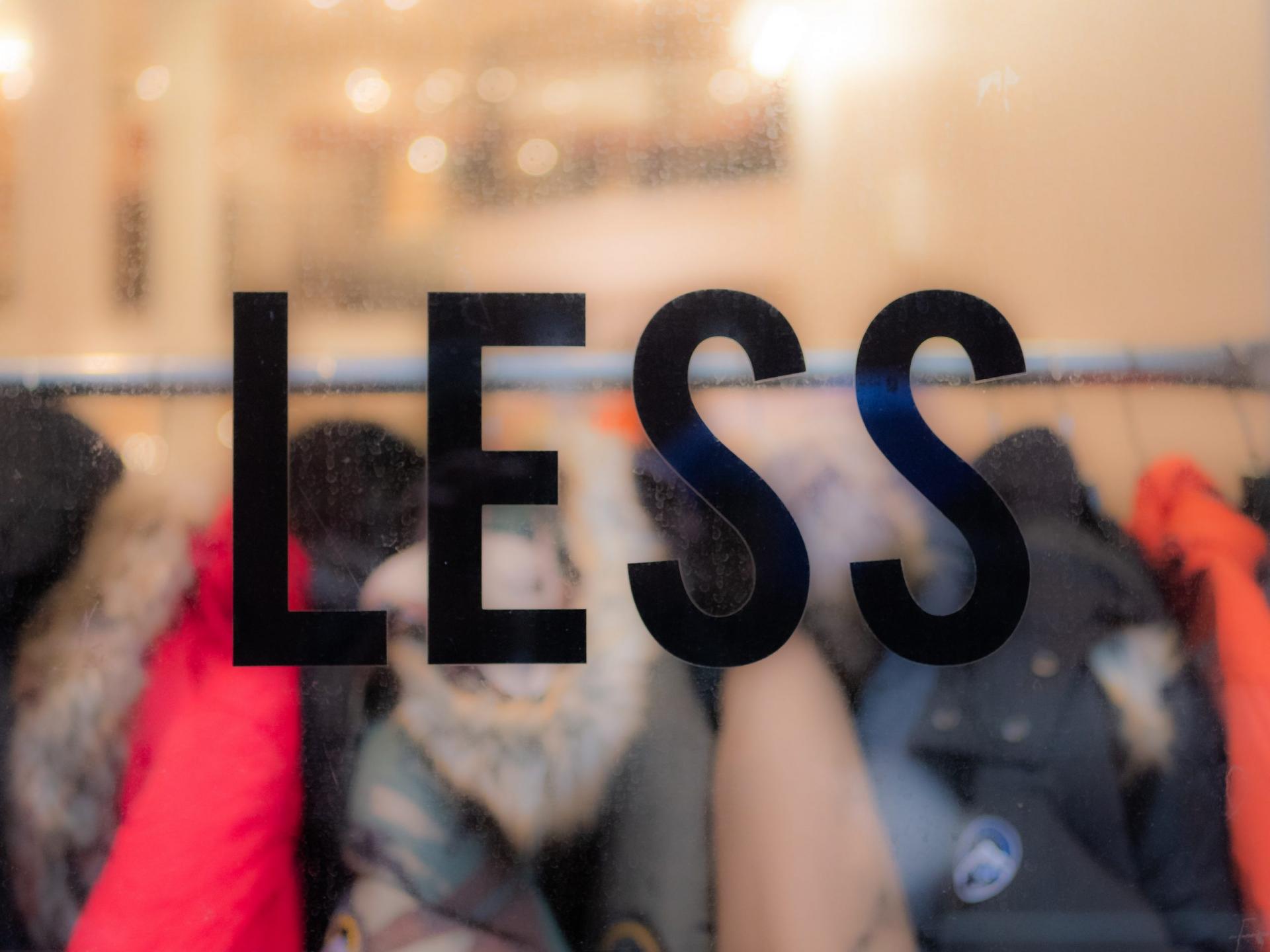
Quality > quantity
Here, I want to make the point that you don’t need five T-shirts for 300 CZK, you need 2 T-shirts that’ll keep their shape and fit well even after going through the washing machine a couple of times. This way, you can keep a hoodie, jacket and T-shirt on you for several days – just be careful: when people start sitting away from you on the tram, it might be time to stop listening to me too much. Personally, I can recommend Carhartt’s men’s T-shirts, which are great for girls, too. Pick a black or white one, they’ll match with a ton of other pieces.
Explore your wardrobe
I stand by the statement that if you don’t know what to wear, you don’t really know the contents of your own wardrobe. Every once in a while, take the time to chuck everything out of your wardrobe and take a closer look at the contents. Then sort it out by what you do and what you don’t wear, and what you could perhaps customize. Upload the pieces you don’t need anymore on Vinted, and that way you’ll get a couple crowns back to buy the quality pieces you really want that’ll lower your CPW and make you happy at the same time.
Make your own customs
Old jeans with worn out trouser legs? A stained white tee? Something that doesn’t fit you well? Get started with customizing your clothes – the possibilities are endless and everyone will be asking where you got it from. I personally once made a pair of shorts out of my dad’s old jeans, and crop tops out of ill-fitting T-shirts and hoodies. Right now, I’m planning on tie-dyeing an old white tee (that’s more so grey and yellow right now). Checking out Pinterest and IG accounts is a great idea – you’ll find a whole load of inspiration as well as how-to instructions.
Make a wish list
Don’t mindlessly shop according to trends or buy things that resemble what you really want. Buy exactly what you want. Make a wish list and mark all these pieces down. Always put some money from your income aside and, when you have enough, go buy that dream piece of yours – you might even get it at a discount.
I truly hope that these tips will help you fulfill your dream wardrobe and save some money at the same time. I know it might seem counterintuitive, but it’s true. Just think a bit while shopping and question everything. Do you have any of your own tips? Shoot us a message and we’ll share them in the next article.
What is slow fashion?
Slow fashion is almost a lifestyle that teaches us about consumer spending habits and fashion. Thinking about the origins of the clothing and the people who made it.
What is fast fashion?
A low price tag, lightning fast production and low quality are the discerning quality of fast fashion. Tracing the origins is hard, if not impossible. You can find fast fashion in chain stores with endlessly new collections every week.
Can I reach a compromise between fashion and slow fashion?
Definitely. You just need to be mindful while shopping and prefer quality over quantity.
- How to dress for a party - 1. 10. 2021
- On a budget? Check out the 7 cheapest sneakers at Footshop! - 2. 9. 2021
- How to choose and wear a backpack? - 17. 8. 2021
